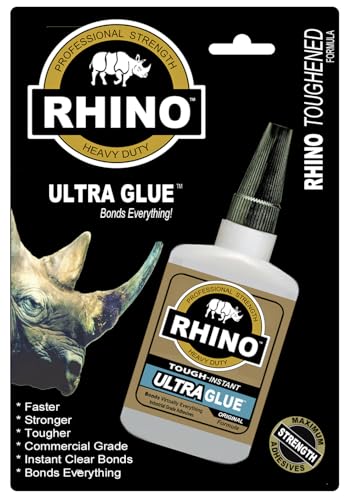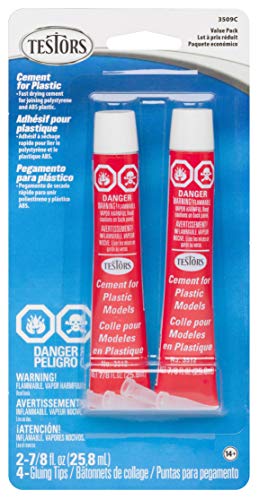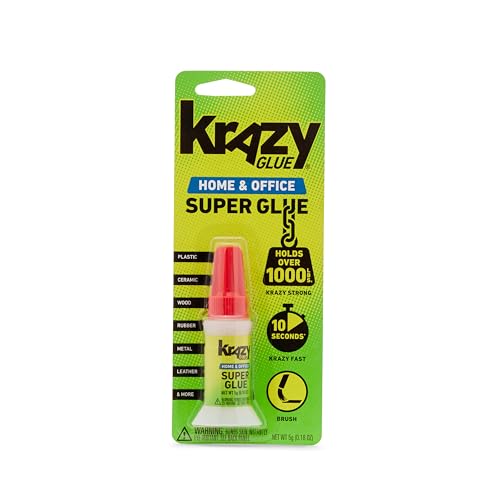Plastic is a tricky material to work with, especially when bonding them to each other or other materials.
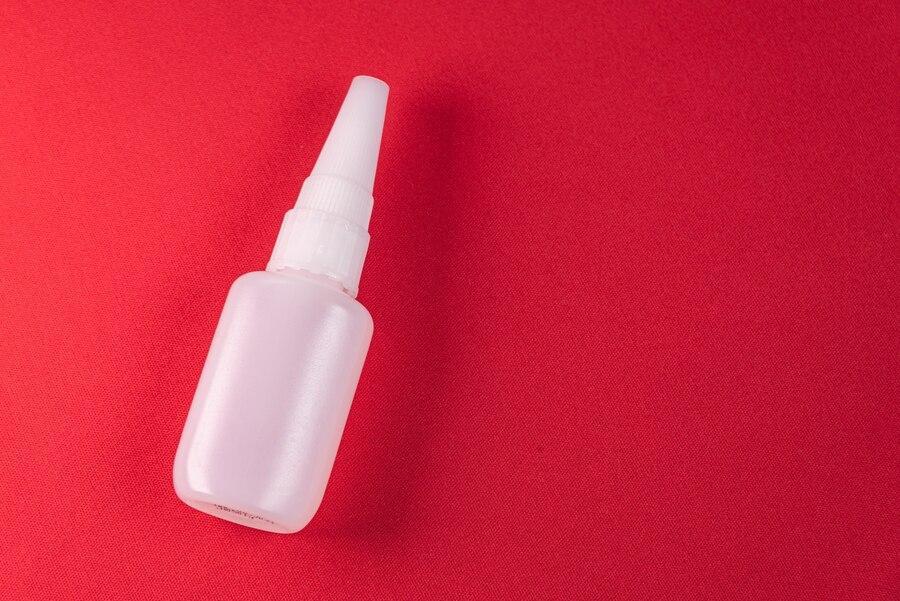
With so many types of glues available, it can be hard to determine which is the right one for the job. Most plastics are pretty flexible, which can, in turn, affect the strength of the bond. However, certain glues and adhesives have been formulated explicitly with the nature of plastic in mind.
Whether you are working on a large project like repairing boats or a smaller craft project, using the right adhesive can make a world of difference. And to help you find the best glues for a plastic surface, we have compiled the top options as well as a guide on how to pick the best one.
With that being said, let’s get into it!
Best Glue For Plastic

So whether you're repairing a broken plastic item or creating a new plastic project, you can be confident that these glues will do the job right. Without further ado, here's the list of the 7 best glue for plastic.
1. Gorilla - Best Overall
Making repairs and fixing chips and cracks is a cinch with this Gorilla super glue at your side. It can be used on various materials, acting as either wood glue or plastic glue, making it a truly multi-purpose option. A high-strength bond that lasts can be achieved with a drying time that is much faster than common adhesives.
- Impact Tough: Unique rubber particles increase impact...
- Anti Clog Cap: Keeps glue from drying out. It's Gorilla...
Why Did We Like It?
Working with the Gorilla super glue was a breeze, thanks to its thick formula. Most glues have a thin consistency that makes applications a bit messy at times. But we didn’t face any issues while applying this one on plastics and different materials, even for vertical orientations.
Another handy feature is an accessory that Gorilla included in their glue sets. A metal tip helps keep the nozzle free from buildup. Of course, the amount of buildup is also controlled by the anti-clog design of the tip, unlike other adhesives that can prevent any glue from coming out of the package.
As for the strength of the glue, it is a potent adhesive that can bond in no time at all. Gorilla claims that the glue can achieve a strong bond in less than a minute. This means no clamping is required to fully cure the glue.
What Could've Been Better?
Although the Gorilla glue has a thick consistency, it can impact its accuracy on the target material. This is mainly due to the design of the bottle which is difficult to wield with one hand to get the glue out.
- Versatile use
- No clamping needed
- Fewer harsh chemicals
- Fast drying time
- Formula is difficult to extract
2. Loctite - Best In Ease-Of-Use
This two-part epoxy from Loctite has a unique design that eliminates measuring and mixing the two parts for application. It can be used on various materials, like plastic, metal, and glass, even acting as a filler that provides a strong bond.
- High-Strength Adhesive: Quick fix, self-mixing applicator...
- Double Syringe Applicator: Self-mixing nozzle conveniently...
Why Did We Like It?
A crucial step in getting the strongest bond possible out of an epoxy kit is mastering the ratio that each part should be mixed. But Loctite solves this by including both in a syringe design that mixes the parts for you. For those who are not as experienced in working with epoxy, this can save you an extra step in the application process.
Moreover, the nozzle design controls the amount of epoxy coming out as well as the pressure. The limiter helps for a more stable application that is especially useful for precise work and eliminating clogging.
Additionally, the formula is incredibly robust in its resistance to various external factors. From the water, and moisture to solvents and chemicals, it can hold its bond with ease. As a bonus, it can be treated after curing for sanding or painting to achieve a seamless, clean look.
What Could've Been Better?
One downside to using a self-mixing epoxy is the limit on how often you can use it. Loctite only includes two nozzles in this kit, so if you plan to use it beyond two projects or sessions, you may want to stock up on extras.
- Waterproof formula
- Does not shrink
- Can be tinted, painted, and sanded
- Easy application
- Only two nozzles included
3. Rhino Glue - Best in Versatility
Bonding in seconds, this super glue from Rhino Glue is both versatile and robust. Whether you are bonding plastic, cement, or glass, there is little that the Rhino superglue can’t handle. The unique clear formula helps in precise applications to help you get the strongest bond.
- Rhino Glue is a more Durable adhesive that is 2X faster than...
- Bonds in seconds plastics, vinyl, wood, rubber, metals,...
Why Did We Like It?
One benefit to using a clear consistency super glue like this is seeing where the glue is actually being applied. This is especially helpful if you are working on small pieces or want a clean result. It can also help create a more cohesive bond between the two surfaces, as you can apply it to only the contact areas.
Furthermore, once the glue has been allowed to dry, its waterproofing and impact absorption properties can help extend the bond's lifespan. They also protect the underlying surface from potential damage from moisture or undue pressure.
Applying the glue is an effortless process, thanks to the simple squeeze design bottle, and it dries out within about 20 minutes. Compared to other adhesives, this drying time is incredibly fast for the resulting bond created.
What Could've Been Better?
It should be noted that this particular bottle from Rhino Glue does not have the largest of capacities. If there is a large area to be covered, or if it is needed for extensive use, buying a couple of bottles at a time is recommended.
- Precise application
- Stress-resistant bond
- Fast bonding time
- Easy to use
- Small volume bottle
4. J-B Weld 8272
A two-part epoxy cold weld system from J-B Weld, this Marine Weld is ideal for surfaces that may see regular contact with water. Plastic, cement, and other such durable surfaces will benefit from the strong bond that can enhance their durability against external damage.
- J-B WELD MARINEWELD: A two-part epoxy cold weld system that...
- CURE AND SET TIME: After mixing the tubes at a 1:1 ratio, it...
Why Did We Like It?
First and foremost, this epoxy glue from J-B Weld is extremely resistant to chemicals and moisture. The formula was designed to be used on marine surfaces, so it is safe to say the waterproofing capabilities are second to none.
Apart from that, it can be painted on, sanded, molded, and even drilled once cured. All these options allow a cleaner finish that can potentially hide the seam of the surfaces. If aesthetics are a priority, manipulating the bond can make for a seamless, high-quality result.
Additionally, it has a straightforward application process in terms of the mix ratio of the epoxy and hardener. A one-to-one mix means you can easily gauge how much of each part is required to get the job done.
What Could've Been Better?
Although this particular epoxy is excellent at resisting moisture and water, impact and stress are another story. The bond itself is strong; however, it is susceptible to cracking under extreme pressure or constant abrasion. Those planning on using this epoxy on high-contact surfaces especially should take note of this.
- Water and chemical-proof formula
- Applicable on a range of materials
- One-to-one mix ratio
- Dark grey color once cured
- Susceptible to break under heavy force or abrasion
5. Testors 3509C
Testors have formulated this glue as an adhesive plastic model cement that grips rubber particles with ease. It is exceptionally effective at joining different plastic types, from flexible plastics to more robust surfaces. Packed with an extra tube and four precision tips, this makes for a soil glue kit.
- Great model glue
- Includes 4 precisions glue tips
Why Did We Like It?
Bonding plastic can be challenging, especially when working with different kinds of plastics. And this Testors cement glue can help you achieve just that with absolute ease. Thanks to its specially designed formula, it is meant explicitly for plastic surfaces, be it hard or soft plastics.
Furthermore, it does not involve a lengthy application process. It can be applied straight out of the tube using one of the included precision tips. There is no need to struggle with mixing, lining up the glue, or cleaning up any excess.
So long as the cap is replaced after every use, the formula won’t harden or become unusable. This incredibly long shelf life makes it a value purchase that lasts for a long time.
What Could've Been Better?
While using this plastic cement glue, there was an issue with the structural integrity of the tube while storing it away. The tube needs to be rolled up to prevent the formula from coming out consistently, which may cause small tears to form along its edges. And the resultant gaps can potentially dry out the formula prematurely.
- Easy-to-use tube design
- Create a strong and permanent bond
- Precise application
- Specially manufactured for bonding plastics
- The tube may get damaged if rolled up
6. Krazy Glue KG94548R
Krazy Glue takes a unique approach to apply adhesives with this super glue that incorporates a brush into the cap’s design. Using a brush to apply glue has several benefits that can create a lasting bond between various materials.
- Krazy Strong, Krazy Fast Bonding: Everyday fixes made easy!...
- Brush-on Control: Cover large areas with ease using the...
Why Did We Like It?
Truly a one-of-a-kind bottle design, the brush attached to the bottom of the bottle’s lid does come in handy when applying the adhesive. For one, it makes covering a larger area much more accessible than using traditional methods. It can also be spread better and evenly, so the bonding strength is pushed to its full potential.
Furthermore, the bottle design of the superglue limits the frequency of clogs. A tight fit on the lid ensures the glue doesn’t dry out prematurely. As an extra layer of security against clogging, the bristles on the brush are designed to not bunch together into clumps.
As for the application process of this super glue, it couldn’t be more straightforward. Simply dip the brush into the formula, then run it across the surface. The brush does all the work of making an even layer, giving you more control over where it is being applied.
What Could've Been Better?
While using a brush as an applicator can have its perks, it also limits the bottle to this single method. There were instances of the brush becoming detached, in which case the formula becomes inaccessible without a precise nozzle for application. This risk should be considered if you are contemplating using this method of application.
- Simple application
- Reduced frequency of clogging
- Wide surface coverage
- Bristles don’t clump up
- Brush adhesion can come undone
7. 3M
With low viscosity, this instant adhesive from 3M is a solid glue for plastic or any other substrate. The formula is manufactured to cure quickly on these materials without causing too much distortion. Rounding off the package, a unique pinch container helps keep the adhesive flowing for easy application.
- Bonds to a number of substrates, including plastics and...
- Precise application: pinch container for a precise drop or...
Why Did We Like It?
3M has designed this container to be easily accessible to make one-hand applications more manageable. A pinch is all that is needed to pull out the adhesive from the container. Depending on the amount of force applied, the formula will come out as drops or a steady bead for precise or ranged application.
Additionally, the formula has a low viscosity, which works well in the case of plastics and other similar materials. By permeating the surface, the resulting bond is much deeper and solid than a superficial surface adhesion.
Keeping the curing time to a minimum is another one of the benefits of using this adhesive. The workflow can be kept moving without having to wait for the adhesive to fully cure.
What Could've Been Better?
As stated before, all that is needed to pull the formula from the container is a pinch with varying degrees of pressure. Combined with the low viscosity, this feature can cause cases where the adhesive is prematurely ejected and cause a mess. Hence, caution should be practiced while using this particular adhesive.
- Fast curing time
- Durable, lasting bond
- Low viscosity formula
- Precise application
- Formula is ejected quickly
Best Glue For Plastic Comparison Table
| Product | Type | Material Compatibility | Set Time | Cure Time | Max Temperature Resistance | Waterproof | Bond Strength |
|---|---|---|---|---|---|---|---|
| Gorilla | Cyanoacrylate | Metal, Plastic, Wood, Ceramic, Leather | 10-30 sec | 24 hours | 200°F | No | 3200 PSI |
| Loctite | Epoxy resin | Metal, Plastic, Ceramic, Wood | 5 min | 24 hours | 212°F | No | 2500 PSI |
| Rhino Glue | Cyanoacrylate | Metal, Plastic, Wood, Ceramic | 15 sec | 24 hours | 200°F | No | 3300 PSI |
| J-B Weld 8272 | Epoxy resin | Metal, Plastic, Wood, Ceramic | 4-6 hours | 15-24 hours | 550°F | Yes | 3960 PSI |
| Testors 3509C | Cement | Plastic, Metal | N/A | 24 hours | N/A | No | N/A |
| Krazy Glue KG94548R | Cyanoacrylate | Metal, Plastic, Wood, Ceramic, Rubber | 10 sec | 24 hours | 180°F | No | 2600 PSI |
| 3M | Cyanoacrylate | Plastic, Rubber | 10-30 sec | 24 hours | 180°F | No | 1500 PSI |
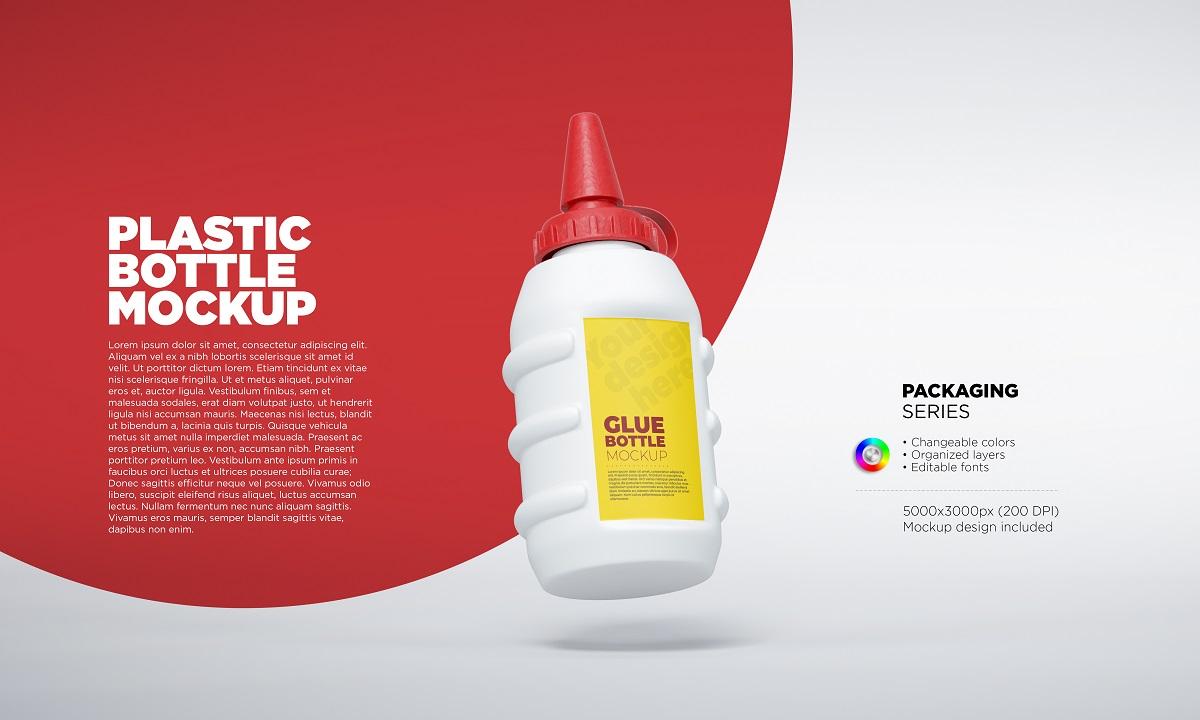
Buying Guide For The Best Glue For Plastic
The best plastic glue is the one that can form a solid bond that lasts. Before you settle on a particular adhesive, there are a few factors to consider to find the right glue for your use. To ensure you have the best quality bond, keep these factors in mind while making your decision.
1. Types Of Adhesives
Among the many adhesives on the market, there are mainly two camps that plastic glue options fall under. The first is epoxy adhesives that demand more attention in the application. The second would be standard superglues that are comparatively easier to use and apply.
Plastic bonding using an epoxy putty mixture can be challenging for those who are unfamiliar with the procedure. However, there are specially designed bottles that can aid novices by mixing the proper ratio for them.
On the other hand, super glues make for a much simpler plastic bonding experience. As far as the various application processes of glue for plastic, this is relatively straightforward. Simply uncap the nozzle and apply the formula to the desired surface.
2. Durability
Tensile strength and various resistance to external factors are crucial features to look out for in adhesives. An impact-resistant bond, for example, keeps the plastic parts together even when exposed to trauma. Sealants are a type of adhesive that can be applied to the surface of the material to add increased durability and resistance against specific factors.
Additionally, a water-resistant adhesion is a valuable feature to have, especially on a non-porous material like plastic. A water-resistant glue for plastic acts as a barrier to protect the underlying material.
While heat may be essential to fully cure the adhesive, too much can distort the plastic. That is why a heat-resistant formula is recommended if the treated surface is to be exposed to high temperatures.
3. Ease Of Use
Factors like how easily the adhesive can be cleaned up and the time taken to dry can significantly impact the user experience. Depending on your needs, these features can be adjusted to find a suitable match for you.
Among adhesives, there are various degrees of drying and curing times involved. There is a rubber instant adhesive on one end of the spectrum that can chemically bond and dry instantaneously. On the other end, some glues may take a few hours to fully cure.
The glue dries at different speeds, depending on the flexibility of the material. With more flexible surfaces like fabric and plastic, the material must be broken down to some degree to attain a strong bond.
Furthermore, cleaning up excess applications of these adhesives can be a chore if you are not careful. Common methods include mineral spirits and denatured alcohol that are rubbed on after the glue dries. Steel wool or warm soap water are other popular cleaning methods used on other materials to have a more professional, finished look.
Hot glue can be used on some types of plastic, but it may not be the best choice for all applications. It is great for bonding two surfaces quickly but may not hold up well over time if the plastic is exposed to moisture or high temperatures. For a stronger bond, consider using epoxy glue. For bonding plastic to metal, a strong and durable adhesive is recommended. Epoxy glue is a good choice for this application as it forms a strong bond between the two materials. Yes, superglue can be used on plastic. However, it may not be the best choice for all types of plastic as it can become brittle over time and may not hold up well under stress. For a stronger bond, consider using epoxy glue. To remove glue from plastic, you can use a solvent such as acetone or rubbing alcohol. Apply the solvent to the glue and allow it to sit for a few minutes. Then, use a scraper or a cloth to remove the glue. Be sure to wear gloves and work in a well-ventilated area. Welding is not an option for bonding plastic as it can melt the plastic and cause damage. Glue is often the best option for bonding plastic. However, some plastics can be heat-welded using specialized equipment and techniques.Glue For Plastics FAQs
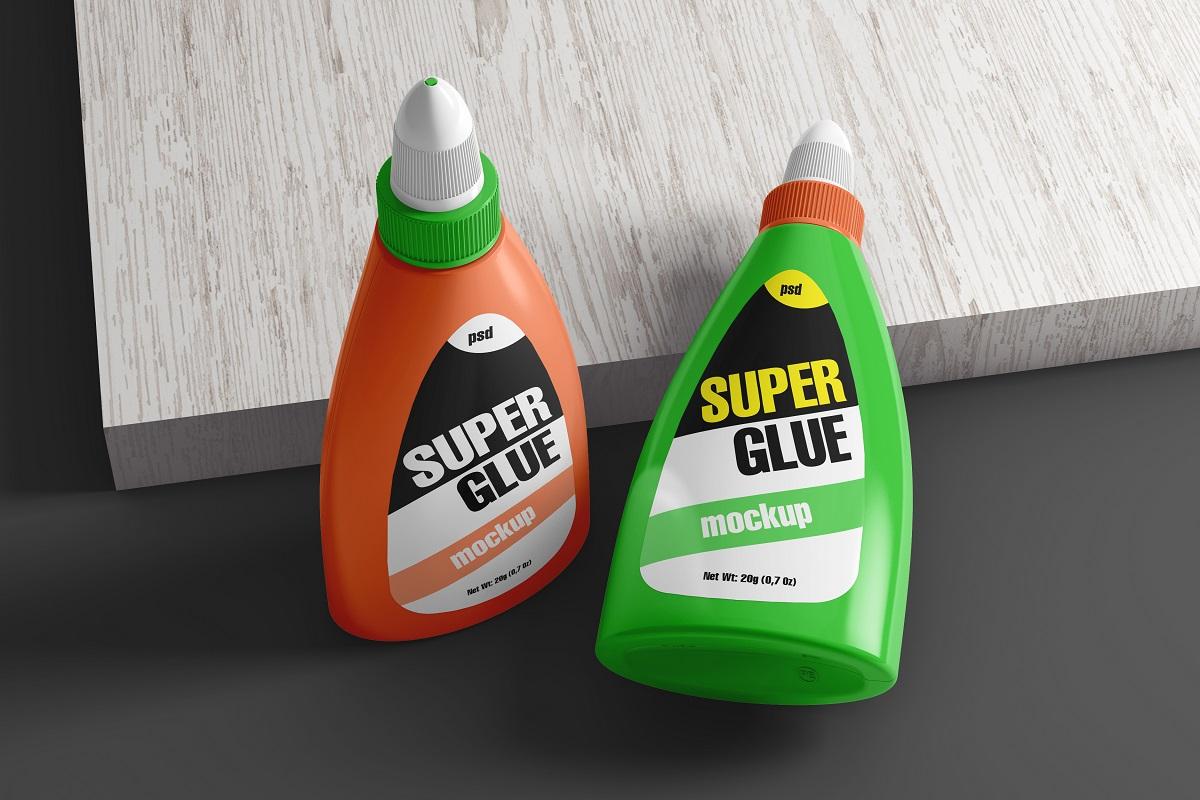
Conclusion
Hopefully, you now know a bit more about the different types of plastic bonder adhesives available and how to choose the best one. Finding high-quality glue and creating permanent bonds to adhere to plastic can be challenging. All that is left now is to choose the right one for you.
Our all-around choice has to go to the Gorilla Glue for a thicker formula that is easy to apply and stumps many adhesives. However, if you are looking for epoxy, the self-mixing Loctite bottle design is effortless to work with.
Whether you are looking for a quick repair or a long-term project, suitable glue in the right hands can make all the difference. Invest in the proper tools, and you’ll be sure to get the job done in no time at all!
Related Links
11 Best Glue for Polypropylene [Reviews & Buyer’s Guide]
7 Best Glue for MDF [Reviews & Buyer’s Guide]
4 Best Glue for Silicone [Reviews & Buyer’s Guide]
11 Best Fabric Glue [Reviews & Buyer’s Guide]
11 Best Glue For Styrofoam [Reviews & Buyer’s Guide]
7 Best Glue for Vinyl [Reviews & Buyer’s Guide]
11 Best Glue For Paper & Paper Mache [Reviews & Buyer’s Guide]
11 Best Glue For Metal [Reviews & Buyer’s Guide]
10 Best Glue for Shoes [Reviews & Buyer’s Guide]
9 Best UV Light Glue for Amateurs & Professionals
10 Best Ceramic and Porcelain Glue
11 Best Glue For Glass [Reviews & Buyer’s Guide]
11 Best Glue For Rubber [Reviews & Buyer’s Guide]
9 Best Glue for Metal to Wood [Reviews & Buyer’s Guide]
11 Best Permanent Fabric Glues [Reviews & Buyer’s Guide]
10 Best Leather Glue on the Market
9 Best Glue For Acrylic Plexiglass
9 Best Glue for Plastic Eyeglass Frames
10 Best Glue For Stainless Steel
Gorilla Glue vs. Super Glue | Strengths, Weakness + Winner?
7 Best Glue For Aluminum | Reviews + Guide
JB Weld VS Gorilla Glue | Comparison & Winner
9 Best Glue For Hardwood Floors
7 Best Adhesive For Acoustic Foam



